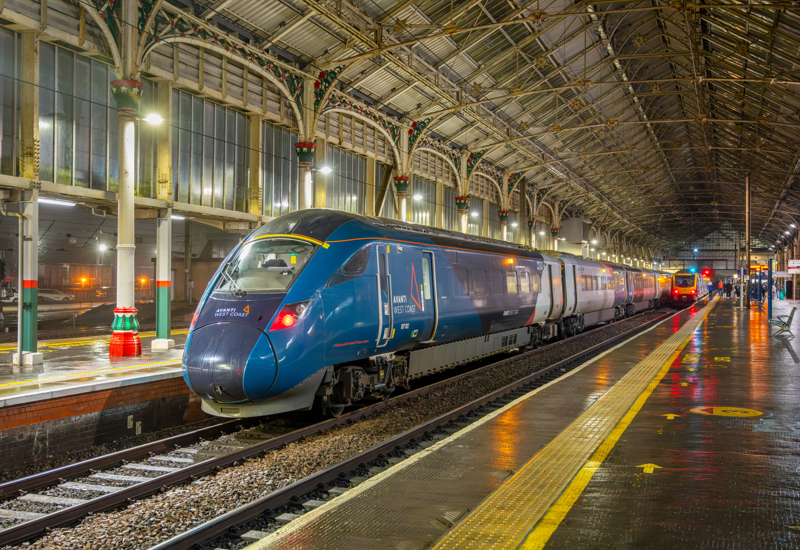
Work to renew West Coast Main Line infrastructure is set to start in early 2026, when Network Rail will beginds replacing more than 100 miles of track and overhead line equipment (OLE).

Work to renew West Coast Main Line infrastructure is set to start in early 2026, when Network Rail will beginds replacing more than 100 miles of track and overhead line equipment (OLE).
Various stretches of the route between Warrington Bank Quay and Carlisle are set to close in several blocks of two weeks in 2026, 2027 and 2028, to allow around 150 miles of original OLE from the 1970s to be replaced, along with 140 miles of track and 2,000 signal units.
Part of the Trilink programme, which will bring digital signalling to the route, the aim is to create a more reliable railway with better timetables and increased capacity.
The first two-week closure is provisionally due to start on January 1 2026, beginning with four days of work in the Preston station area for signal gantry renewals and signal and communications maintenance. During that time, the WCML possession will extend to Carnforth.
From January 5-14, possession will be from Preston-Lancaster - apart from the weekend of January 10-11, when the stretch between Carnforth and Oxenholme will also be closed.
A further blockade between Preston and Carlisle, and south of Carstairs, is due to run from April 11-25, with further two-week possessions during the first two weeks of both June (Preston-Acton Bridge, near Warrington) and September (Preston-Carlisle).
A Network Rail spokesman said blocks are in the engineering diary, but work to finalise the plan “might change this”.
He added: “We work closely with partners across the industry to manage passenger disruption and keep people and freight moving. We know Trilink is an ambitious programme and disruption will be inevitable.
“We have cross-industry working groups looking at the passenger handling, comms and engagement plan, and look forward to continuing that open and useful industry collaboration.”
RAIL understands that one aspect of the work, which is expected to result in a more reliable timetable and longer freight services, is to allow freight trains to enter and exit loops at higher speeds.
Network Rail said it was “optimistic and excited for the chance to renew the assets sympathetic to the future demand, as well as installing ETCS [European Train Control System]”.
A Rail Freight Group spokesman described the work as “long overdue”, which will “help in terms of capacity and reliability over the long term”.
Freightliner also welcomed the work, saying it would enable the operator to “run more electric freight services”.
Discussions are ongoing between Network Rail and freight operators over diverting services during the WCML closures.
Freightliner said it expects diverted trains can be accommodated on the East Coast Main Line, but a spokeswoman said the operator “had concerns given the lack of freight capacity in the December 2025 timetable”.
She added: “We hope to see all opportunities explored to allow work to proceed with minimum disruption - for example, by allowing electric trains to coast under the OLE while it is being renewed, and use of single-line working overnight to ensure the freight stays on trains, not roads.”
A NR spokesman said: “We engaged with all parts of the industry, including freight, during the initial engagement sessions for the programme, and we will continue to do so as we develop the work plan. We are also speaking with charter operators who use that stretch of railway.”
Northern said it will be working with NR to “determine the work content and possession limits for each individual blockade, with a view to keeping people on trains whenever possible”.
Login to continue reading
Or register with RAIL to keep up-to-date with the latest news, insight and opinion.

















Login to comment
Comments
No comments have been made yet.